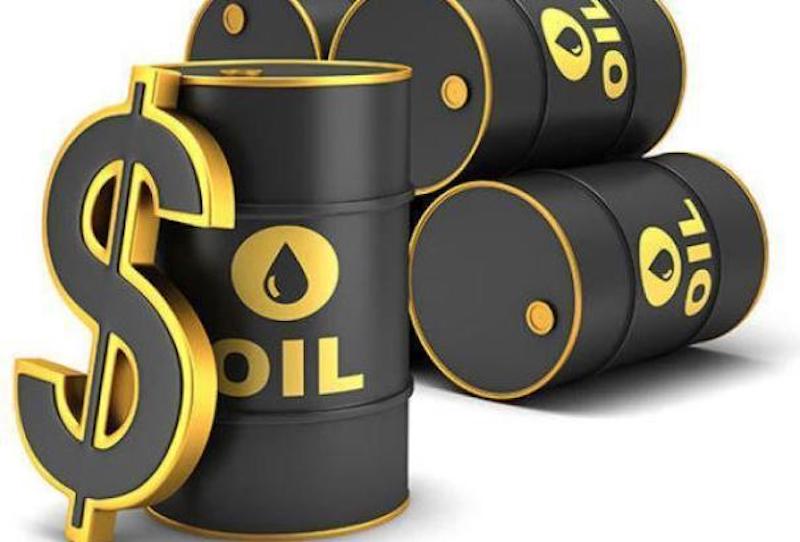In London trade on Monday, Nigerian oil margins per barrel saw a slight uptick, continuing the upward trajectory initiated last week. Prices surged by nearly 4% amidst concerns over supply constraints and potential attacks on Russian energy infrastructure.
As of the drafting of this report, Brent crude oil futures for May delivery climbed by 40 basis points to $85.66 per barrel. Meanwhile, the April contract for U.S. West Texas Intermediate rose by 0.5% to $85.74 per barrel in trade.
Nigerian crude production’s capital and operating costs have steadily risen, surpassing $48 per barrel. However, the government can only realize $37 per barrel from oil sales on the global market.
Nigeria’s oil production costs rank among the highest globally, contrasting sharply with figures like $9 in Saudi Arabia, $21 in Norway, and $24 for US shale oil.
Efforts to combat targeted attacks and organized theft rings have bolstered Nigeria’s oil production to its highest level in over three years, despite ongoing challenges with theft and sabotage.
Chatham House conducted a detailed analysis of Nigeria’s illicit oil trade, estimated at $3 billion to $8 billion annually.
While Nigeria’s oil output dipped to a decades-low in the second half of 2022, it rebounded to 1.476 million barrels per day in February 2024, according to OPEC data.
However, Nigeria consistently falls short of its OPEC+ production quota. In its 2024 budget, Nigeria proposed a daily crude oil production of 1.78 million barrels, while OPEC limited it to 1.5 million barrels per day.
Oil theft and pipeline vandalism persist as challenges for Nigeria’s upstream oil and gas sector, resulting in frequent force majeure declarations at the country’s main export terminals.
NNPC Limited has demolished over 6,000 illicit refineries processing stolen crude, while the federal government has enlisted private security companies to bolster military efforts in safeguarding facilities.
Despite a slight decline on Friday, both benchmark oil contracts registered gains for the previous week. Prices have been rangebound in recent weeks, but a bullish demand report from the International Energy Agency on Thursday propelled prices to their highest level since November.
Houthi attacks in the Red Sea have disrupted fuel and crude shipments, further tightening supply. This marks the fourth instance since November that the agency has revised its demand outlook upward.


